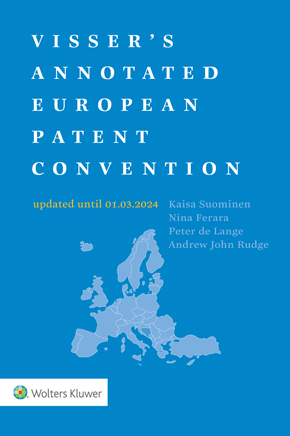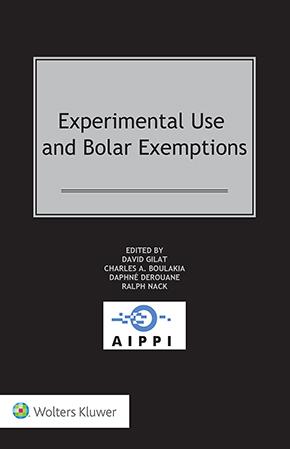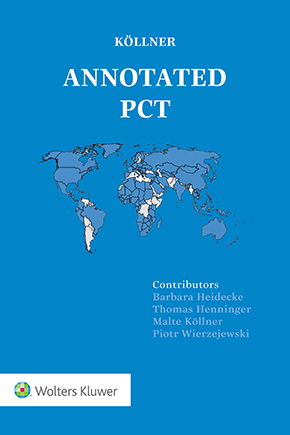A new European patent landscape (3): languages and costs of the Unitary Patent
February 13, 2023
In June 2023 the European patent landscape will see one of the most dramatic changes in decades with the introduction of the Unitary Patent (UP) and the opening of Unified Patent Court (UPC). In a short series this blog will go through the main characteristics of the system and decisions that need to made to get ready and to protect inventions, both new and existing. Part three: languages and costs of the Unitary Patent.
English, French and German are the official languages of the EPO in which a European and therefore also a Unitary Patent can be obtained. Whereas the specification of a traditional European patent has to be translated in the language of the countries where it is validated (with the exceptions of the London Agreement), this will not be the case for Unitary Patents.
In order to alleviate the consequences of the UP system for member states where not one of the official languages of the EPO is spoken, a transitional period of six years has been agreed (Article 6 of Regulation (EU) No 1260/2012), during which the patent proprietor will have to file a translation of the European patent specification, namely:
* into English if the language of the proceedings before the EPO was French or German, or
* into any other official language of an EU member state if the language of the proceedings was English.
The translation must be filed together with the request for unitary effect. It is for information only and has no legal effect, nor will the quality of the translation be checked, which has raised doubts how useful and reliable it will be.
After the transitional period, no translations will be required anymore when opting for a Unitary Patent
After the transitional period, which may be extended up to a maximum of twelve years, no translations will be required anymore when opting for a Unitary Patent. The idea is by that time the EPO will have developed high quality machine translations for all the official languages of the Union. After six, eight and ten years an independent expert commission will evaluate if the quality is up to standard already.
The language regime has been a very sensitive issue and for Spain (and initially also Italy) a crucial reason not to join the UP project. It is also part of the explanation why some member states, mostly eastern European, have refrained from ratifying the UPCA and joining the UP system.
This is the case for instance in the Czech Republic. There it was decided not to ratify the UPCA any time soon, after a 2019 report of Price Waterhouse Coopers concluded this would harm the economy. As a patent expert explained on this blog: ‘SMEs will not have available patent documentation in the Czech language any longer and will often have to rely on inaccurate machine translations. (…) The absence of Czech translations would thus unfairly discriminate those in our country or elsewhere that do not have a good command of the main European languages in which a Unitary Patent will be published. (…) Similar concerns relate to the language of proceedings at the UPC. The proceedings at the court involving Czech individuals and entities would mostly not be held in the Czech language.’
Costs of the Unitary Patent
Validating a traditional European patent can lead to high costs, depending mostly on the number of countries where the patent proprietor wishes to validate the European patent. More validations mean more costs for translation, representation and renewal fees.
In the case of a Unitary Patent, validation covers all UP member states. Translation costs are significantly less. Only in the transitional phase, of up to twelve years, you will need to file one additional translation of the patent, instead of translations in the different languages of the member states as is the case for European patents. Although EPC contracting states which have ratified or acceded to the London Agreement can waive, entirely or largely, the requirement for translations.
The Unitary Patent is especially interesting for businesses who seek widespread patent coverage
Renewal fees for the Unitary Patent are much lower than the amount you’d have to pay for renewed protection in every single UP member state separately. In 2015 the EPO published the fees, announcing they had been set at the 'Top 4' level, meaning they were comparable to the renewal costs of four of the most frequently validated EP states.
It means the Unitary Patent is especially interesting for businesses who seek widespread patent coverage for their inventions. If coverage is sought in no more than three of four states, the traditional European patent is probably a more logical choice. The balance between the two has shifted unfavourably for the Unitary Patent since the United Kingdom left the system. The EPO has declared that despite this, the fees would remain unchanged.
It is also important to realize that an inventor can reduce costs by letting traditional European patents lapse after some years, in markets that prove to be unimportant. That is not possible in the case of a Unitary Patent, it is all or nothing.
Another factor regarding costs is the Unified Patent Court, the only court compatible in case of conflicts about Unitary Patents. The fees at that court are considerably higher than in many national courts, although in a recent interview on this blog president Klaus Grabinski of the UPC’s Court of Appeal pointed out that ‘based on the same value in dispute – the court fees for litigation (infringement and validity) before the UPC are lower than those for litigation for example in Germany’.
A European patent can – during the first 7 or 14 years – be opted out from the jurisdiction of the UPC.
Due to UP renewal and court fees among others the UP system is, contrary to what has often been claimed by its creators, not widely perceived to be beneficial for SMEs, rather the opposite.
Part one, the bumpy road to the Unitary Patent system and part two in this series: Scope of the Unitary Patent system
Download our White Paper: Preparing for the Unitary Patent.
You may also like














Patent robot
"president Klaus Grabinski of the UPC’s Court of Appeal pointed out that ‘based on the same value in dispute – the court fees for litigation (infringement and validity) before the UPC are lower than those for litigation for example in Germany’." Are UPC fees for invalidity actions lower than the same fees at the Bundespatentgericht?
Augustin Leblanc
"the court fees for litigation (infringement and validity) before the UPC are lower than those for litigation for example in Germany" Germany is what is called an outlier in statistics about court fees around Europe. Court fees for a patent dispute oscillate between 0EUR in France, 80EUR in Czech Republic, 165EUR in Belgium, 667EUR in the Netherlands, etc... It's only on Germany where it is so expensive, around 8000EUR. This looks like the story of the european reform of the electricity market, with the price of electricity based on the most expensive source, now the gas coming from Russia.
Jan Van Hoey
Note that the AG Juliane Kokott found that the proposed linguistic system would violate the rights of defense, which surpringly disappeared from the final 1/09 opinion, and her opinion is not online anymore: https://academic.oup.com/jiplp/article-abstract/5/12/826/915071 "Opinion 1/09 of the Advocate General, Juliane Kokott, 2 July 2010. The Advocate General of the Court of Justice of the European Union (ECJ) has found that the EU centralized patent litigation system recently proposed by the Council of the European Union does not comply with EU law. In her opinion, among the various incompatibilities, she stressed that the proposed linguistic system would violate the rights of defence"
Patent Examiner
Automatic machine translations have come a very long way in the last decade, and especially in the last 3 years. I cannot fathom a close future in which we can't produce at least high quality translations into any western and eastern European language. Most of these languages share deep common roots and history (Celtic languages, Germanic languages and Balto-Slavic languages spring to mind) that should simplify/streamline the process. That must be realistically attainable within the next 5 years. It'll always be more difficult to translate something into Finnish, Hungarian or Turkish though. However, when I see the immense progress in automatic Chinese/Japanese/Korean to English translations I am confident that we'll get to a quality that can serve as more than just a crude depiction of the original contents, but that could maybe even serve as a legal translation. The EPO is well equipped for this challenge in my opinion.